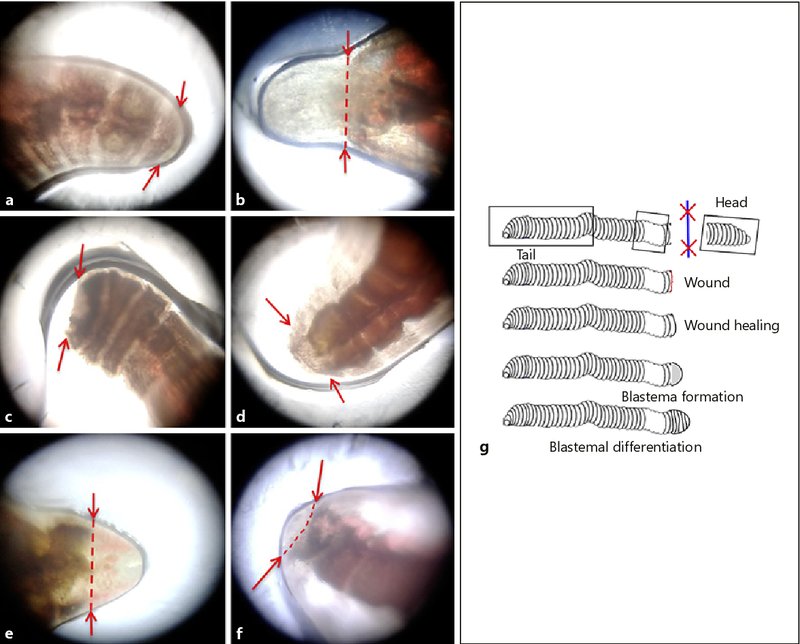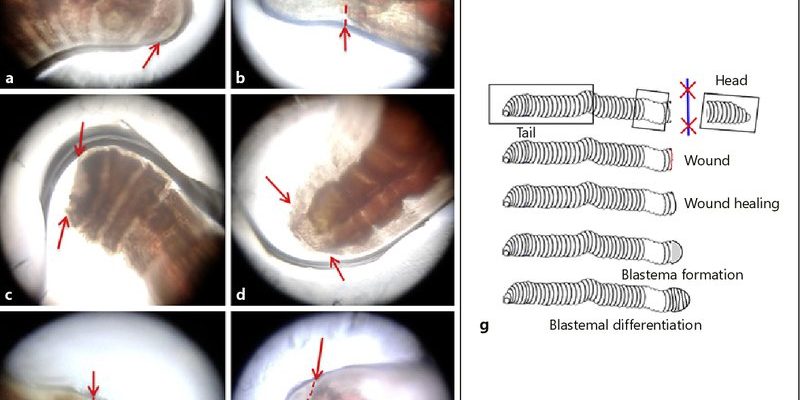
Let’s take a moment to consider what regeneration really means. You know how a lizard can grow back its tail? Earthworms can do something similar, albeit in their own way. When portions of their body are lost, they can regenerate new segments, allowing them to survive and thrive. This ability is not just cool trivia; it ties into how ecosystems function and how these humble creatures contribute to soil health. So, pour yourself a cup of coffee, and let’s dig deeper into the world of earthworm regeneration.
What Is Earthworm Regeneration?
Regeneration is the biological process where organisms can replace lost or damaged body parts. With earthworms, *regeneration* means that if they lose a part of their body, they can grow it back, albeit not always perfectly. The part that can grow back typically includes segments of their body, such as the tail end. This phenomenon is primarily due to their unique physiology and the presence of stem cells, which can differentiate into various cell types to form new tissue.
You might be wondering how this process begins. When an earthworm is cut, its body goes into survival mode. It starts producing new cells around the wound, which helps to heal the injury. Here’s where it gets even more interesting: the cells at the wound site begin to multiply and transform into specialized cells, creating new segments. It’s a bit like watching a magician pull a rabbit out of a hat—only the rabbit is a whole new section of an earthworm!
The Anatomy of an Earthworm
To fully grasp how earthworm regeneration works, let’s break down the anatomy of these fascinating creatures. Earthworms have a long, segmented body, divided into rings called *segments.* Each segment contains muscles, nerves, and blood vessels, all working together to help the worm move through the soil.
At the front of their bodies, earthworms have a head (though it’s not overly pronounced). It contains a mouth and a structure called the *clitellum,* which plays a crucial role in reproduction. Earthworms don’t have bones, so they rely heavily on a fluid-filled cavity known as a *coelom* to provide support. This unique anatomy allows them to adapt and regenerate in remarkable ways.
When regeneration happens, new segments start forming from the remaining tissue. The regeneration process might not create a perfect clone of the original segment, but it enables the worm to survive and continue its important ecological roles, like aerating the soil and breaking down organic material.
The Regeneration Process Explained
So, what exactly happens during the regeneration process in earthworms? Let’s look at it step by step:
- Initial Response: When an earthworm loses a segment, it immediately tries to protect itself from infections and other dangers. The wound site closes up to prevent further damage.
- Cell Proliferation: Around the wound, specialized cells start to multiply, forming what scientists call a *blastema.* This is where new tissues begin to form.
- Growth and Differentiation: As the new cells mature, they differentiate into various cell types, creating the structures necessary for a new body segment.
- Completion: Over time, the new segment forms and becomes a fully functioning part of the worm, allowing it to continue its life underground.
Interestingly, the speed of regeneration can vary depending on factors like the worm species, the extent of the injury, and environmental conditions. Some earthworms may regenerate within a few weeks, while others might take longer.
Why Is Regeneration Important?
Regeneration isn’t just a nifty trick; it serves vital purposes for earthworms and the environment. Here’s why it matters:
1. **Survival Mechanism:** Losing segments can happen due to predation or environmental accidents. The ability to regrow lost body parts can be a lifesaver, allowing them to escape threats and maintain their role in the ecosystem.
2. **Soil Health:** Earthworms play a critical role in soil fertility. By helping to decompose organic materials and aerate the soil, they ensure plants receive the nutrients they need to thrive. When they can regenerate, these worms can continue contributing to soil health for longer.
3. **Ecosystem Balance:** Regeneration helps maintain population numbers. Since earthworms are essential for soil ecosystems, their ability to survive and reproduce ensures that they keep supporting the food chain, from plants to the animals that rely on them.
Regeneration is a fascinating example of how life adapts to challenges. In a world where many factors can threaten survival, earthworms have evolved this skill to help them navigate their underground existence.
Comparing Regeneration in Earthworms to Other Organisms
While earthworms have impressive regenerative capabilities, they aren’t the only animals in the natural world with this skill. Let’s compare their regeneration abilities to a few other organisms you might know:
- Lizards: Like earthworms, certain lizards can regenerate their tails. However, the regenerated tail is generally not as complex as the original.
- Axolotls: These remarkable salamanders take regeneration to the next level. They can regrow entire limbs, spinal cords, and even parts of their hearts and eyes, making them one of the champions of regeneration.
- Starfish: Starfish can regenerate lost arms (or rays) and can even regenerate entire bodies from a single arm if part of their central body is attached.
Each species has its unique methods and efficiency in regenerating, making it a vital aspect of their survival strategies. Earthworms, while perhaps less glamorous than some of these other creatures, showcase a practical, vital adaptation that ensures their presence in healthy ecosystems.
Future Research and Insights
The study of earthworm regeneration is still a growing field. Scientists are keen to understand the cellular mechanisms behind it, which could lead to advancements in medicine and biotechnology for humans. Researchers are investigating *stem cells* and *regenerative medicine* to see how similar processes can be applied to human health.
In the future, we might see new therapies or techniques inspired by the earthworm’s ability to regenerate. Innovations could lead to treatments that help heal injuries and diseases where tissue regeneration is necessary. Imagine a world where we could harness the secrets of nature to improve our own health!
Earthworm regeneration is a remarkable process that highlights the resilience of life. These little creatures, often overlooked, play crucial roles in maintaining soil health and supporting ecosystems. By understanding how they regenerate, we not only appreciate their role in nature but also open doors to exciting possibilities in science and medicine.
So next time you spot an earthworm, remember it’s more than just a slimy friend digging through the dirt. It’s a tiny miracle of regeneration, helping to keep our planet in balance while demonstrating the wonders of life itself.

